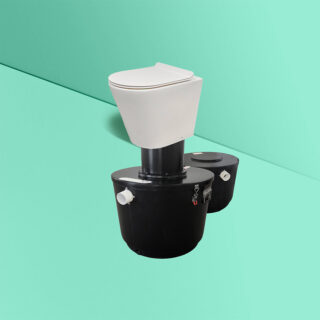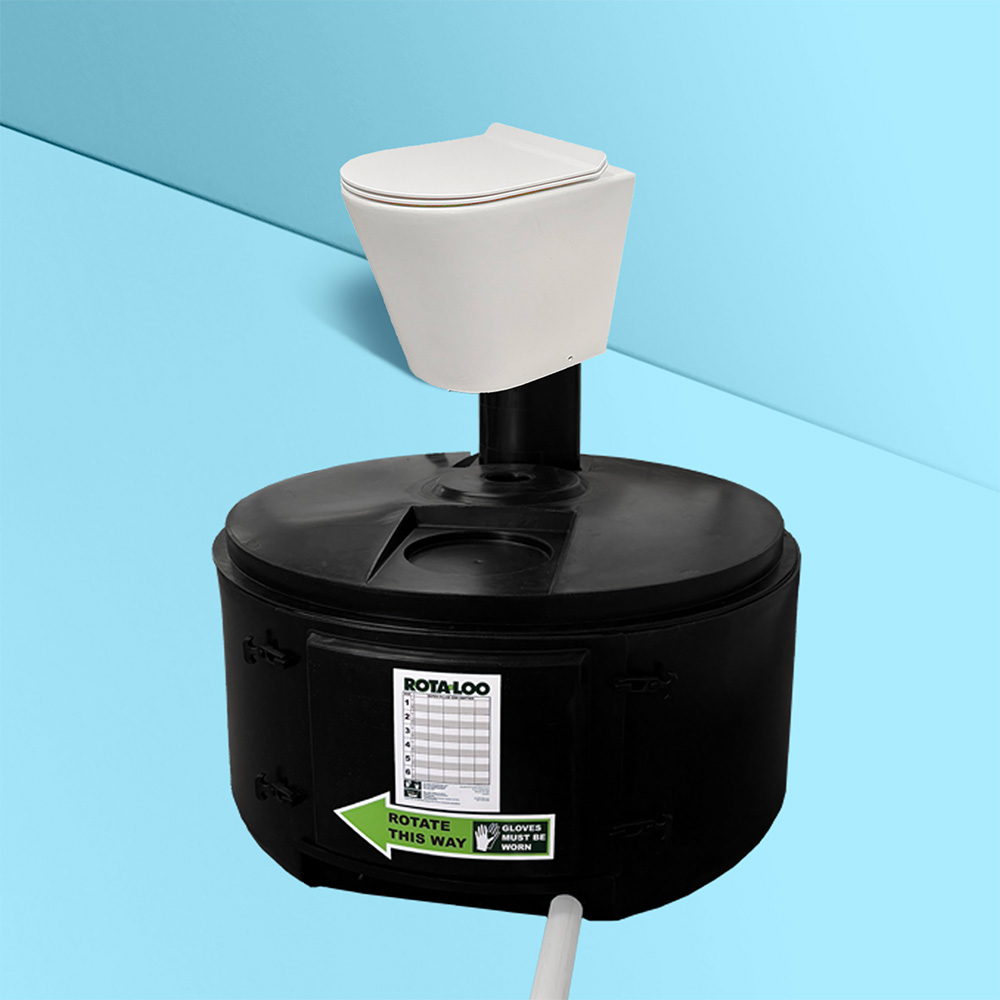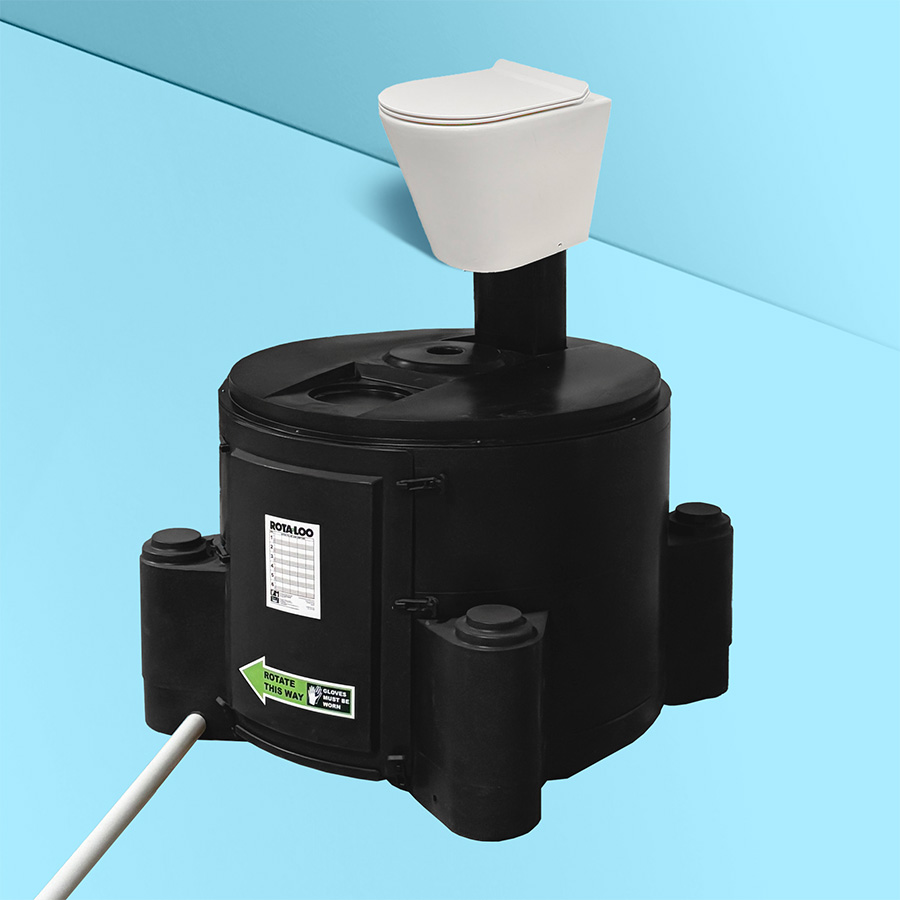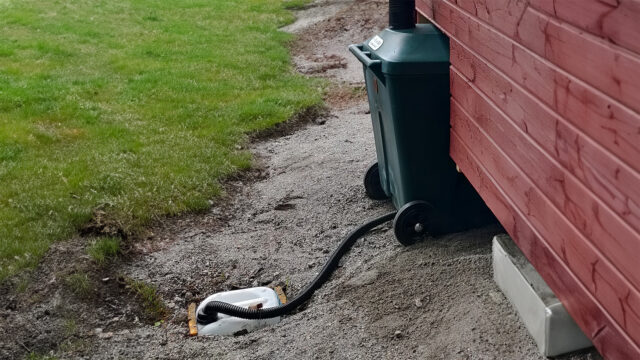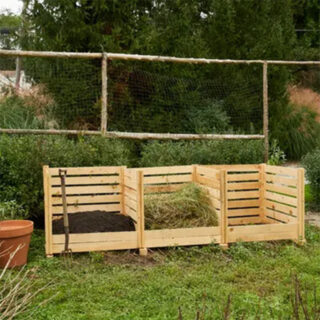Do Composting Toilets Smell?
“Do composting toilets smell?” This is one of the most common questions and concerns people have when considering a composting toilet. The fear of unpleasant odors can make anyone hesitate—after all, no one wants their home or bathroom to have a bad smell. However, modern composting toilets are designed to be completely odorless.
In this article, we’ll address this concern and explain the top three key factors that ensure an odor-free composting experience.
Understanding the Root Cause of Toilet Odors
The unpleasant smell some associate with toilets arises when too much liquid mixes with human feces. This excess moisture disrupts the natural composting process, causing the waste to rot instead of breaking down properly. The result is ammonia production—a compound responsible for the strong, unpleasant odor many fear. If you ever encounter a smelly toilet, it’s likely because the waste has been left to sit in conditions that are too wet for composting. Composting toilets solve this issue by separating excess liquid from solids, ensuring the waste remains optimally moist for proper composting, which is virtually odorless. This brings us to the number one key factor: the importance of liquid separation.
The Importance of Separating Liquid from Solid Waste
The single most important factor in keeping any waterless composting toilet odor-free is ensuring the separation of liquid from solid waste. This can be achieved in two ways: either directly at the toilet seat or within the composting container itself. Which method works best depends on the specific location and intended use of the toilet.
It’s important to note that most of human waste is liquid urine. A person’s urine output can vary, but a typical range is between 800 to 2,000 milliliters per day, depending on fluid intake. On average, this is based on consuming about half gallon of fluids daily.
Separating Urine Directly in the Toilet
Urine-separating or urine-diverting toilets are popular for their ability to eliminate odors by keeping liquid and solid waste separate. However, the downside is that the urine container fills up quickly, requiring frequent emptying.
For example, two people using a 5-gallon urine container (18.9 liters) would fill it in less than 5 days, given an average urine output of 2 liters per person per day. While this system is highly effective for odor control, it requires careful planning to manage the collected urine efficiently.
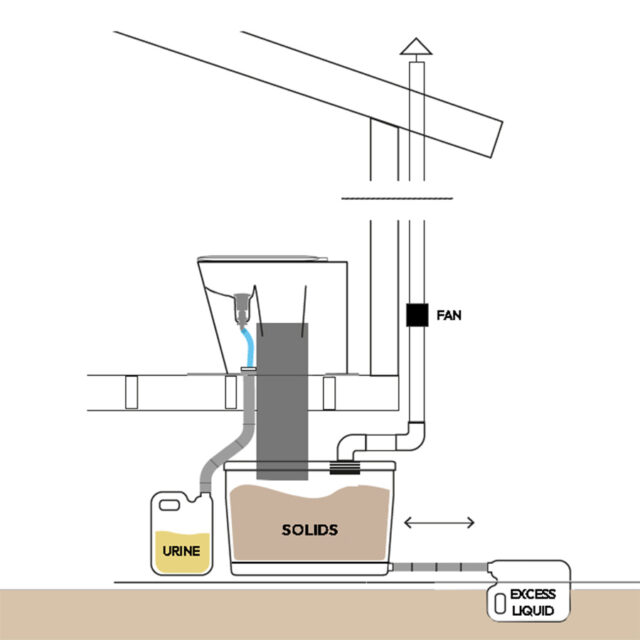
Separating Excess Liquid in the Composting Container
For most users, separating excess liquid within the composting container is a more practical solution. This method drastically reduces the volume of liquid waste that needs to be managed, and in warm climates or during summer, all of the urine may be absorbed into the compost and evaporate through the ventilation system, leaving no liquid to manage at all.
The effectiveness of this method depends on factors such as climate, the number of people using the toilet, and the level of solid waste in the composting container. By separating liquid within the composting container, the service interval of the toilet can be extended significantly—from days to months, or even years—making it an excellent option for those looking for a low-maintenance, odor-free composting toilet solution.

Learn more about urine and liquid separation
The Role of Ventilation in Odor-Free Composting Toilets
Effective ventilation is the second key factor in ensuring a composting toilet remains odor-free. Some might assume this refers to ventilating the bathroom space, but in reality, it’s about creating under-pressure within the composting unit itself. Proper ventilation ensures that air is consistently being drawn out of the composting unit and expelled through a ventilation pipe that leads outdoors.
Ventilation plays a crucial role for two reasons. First, it reduces the amount of liquid that needs to be managed by aiding evaporation, as explained earlier. Second, it acts as a safeguard in situations where the compost’s carbon-to-nitrogen balance might temporarily be off. For example, during a peak in use—such as when guests visit—an increase in liquid can make the compost too wet, potentially leading to odors. With proper ventilation, any smells are immediately drawn out of the composting unit and vented safely outside. This is particularly vital for indoor composting toilets, where maintaining an odor-free environment is essential.
For indoor installations, we always recommend an electric duct fan to create the necessary under-pressure in the composting container. In off-grid locations where power isn’t available, a whirlybird or solar-powered fan can provide an effective alternative. Proper ventilation is not just a convenience—it’s an essential feature for an odorless composting experience.
Bulking Agents and Dry Organic Material
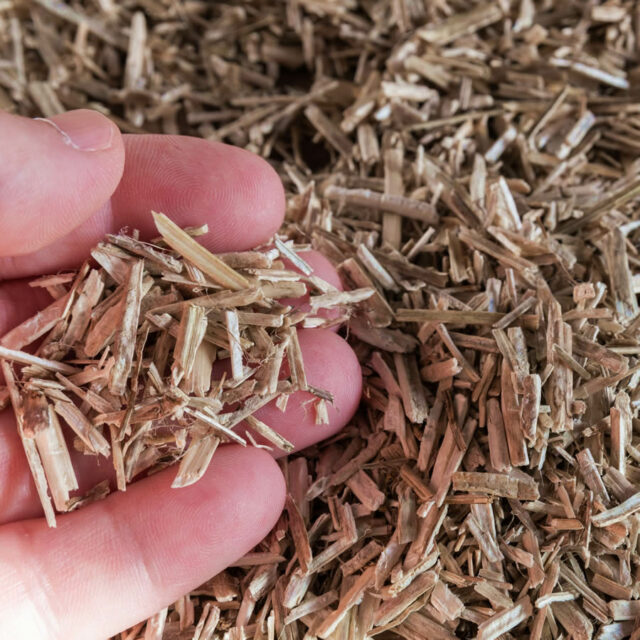
The third key factor in keeping a composting toilet odor-free is the addition of bulking agents and dry organic material to the compost. Materials such as animal hemp bedding, coconut coir, peat moss, or other dry organic bulks serve two essential purposes.
First, they help ensure that the compost in the container is not too dense, allowing air to circulate freely and maintain aerobic conditions. These conditions are beneficial for an efficient natural composting process. Second, adding dry material can be a practical way to cover your waste after each use. This ensures that the next user doesn’t see the waste directly. That said, most of the composting toilets sold at Waterless Toilet Shop are designed so that the waste is not visible to users unless inspected with a torchlight. This thoughtful design makes covering your waste less critical but still an excellent practice for maintaining optimal composting conditions.
Conclusion: Do Composting Toilets Smell?
The fear of unpleasant odors is one of the biggest hurdles for people considering a composting toilet, but modern designs have proven this concern to be unnecessary. By addressing the root cause of smells and implementing three key factors—separating liquid from solid waste, ensuring proper ventilation, and using dry bulking agents—composting toilets can be completely odorless.
With liquid separation preventing rot, ventilation drawing out any potential smells, and bulking agents optimizing the composting process, today’s composting toilets offer a hygienic, eco-friendly, and smell-free solution. Whether for a home, cabin, or off-grid location, a well-maintained composting toilet is an excellent alternative to traditional systems, providing peace of mind and comfort for every user.







